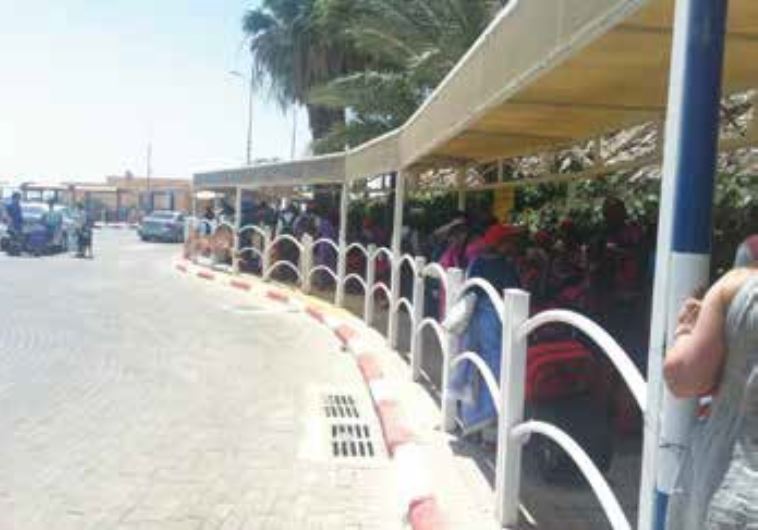Israeli tourists brave security threats in Sinai for a slice of paradise
The commotion at the border belies the tourist reality in Egypt, that the Sinai Peninsula is empty.
 TOURISTS WAIT to enter Sinai at the Eilat-Taba border crossing(photo credit: LAURA KELLY)
TOURISTS WAIT to enter Sinai at the Eilat-Taba border crossing(photo credit: LAURA KELLY)